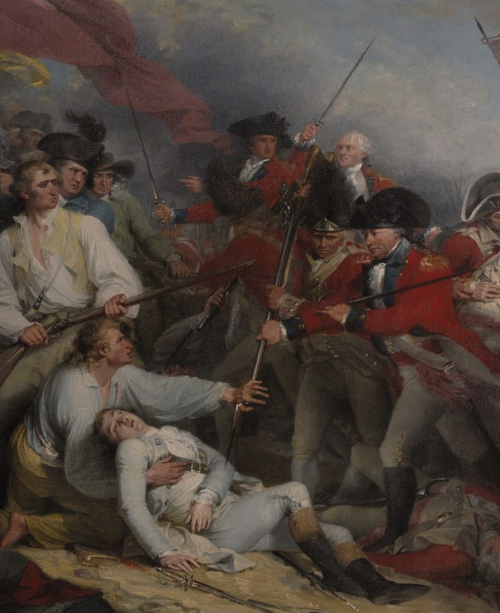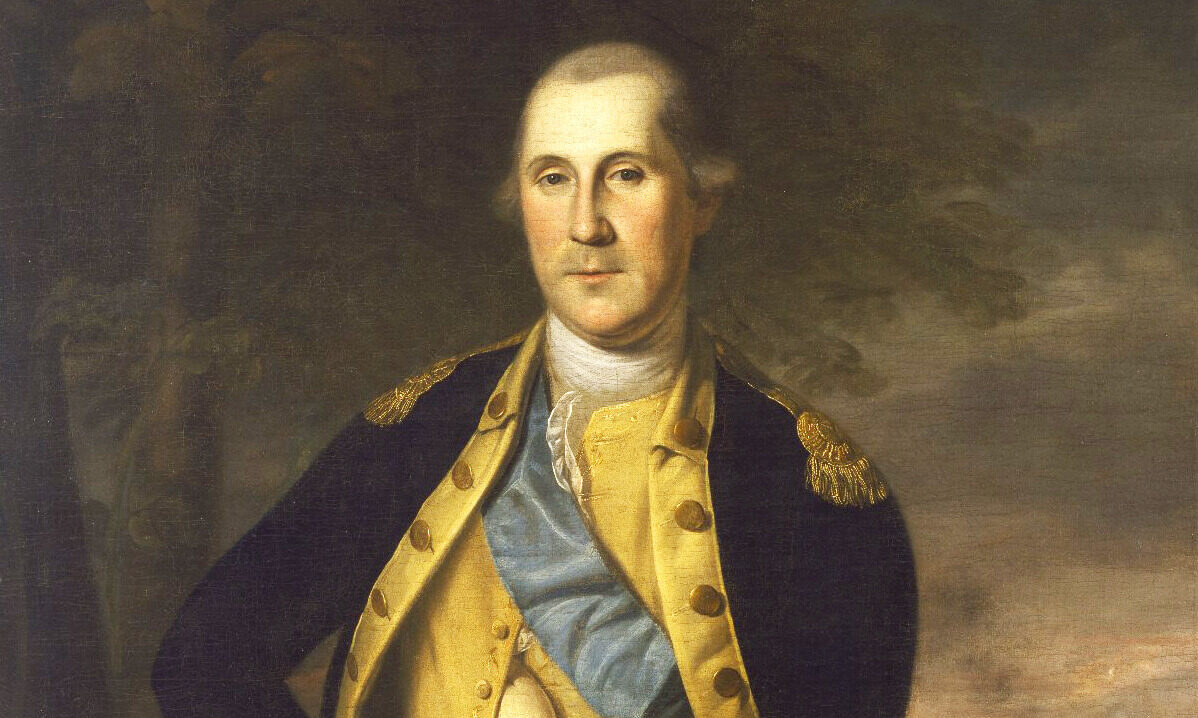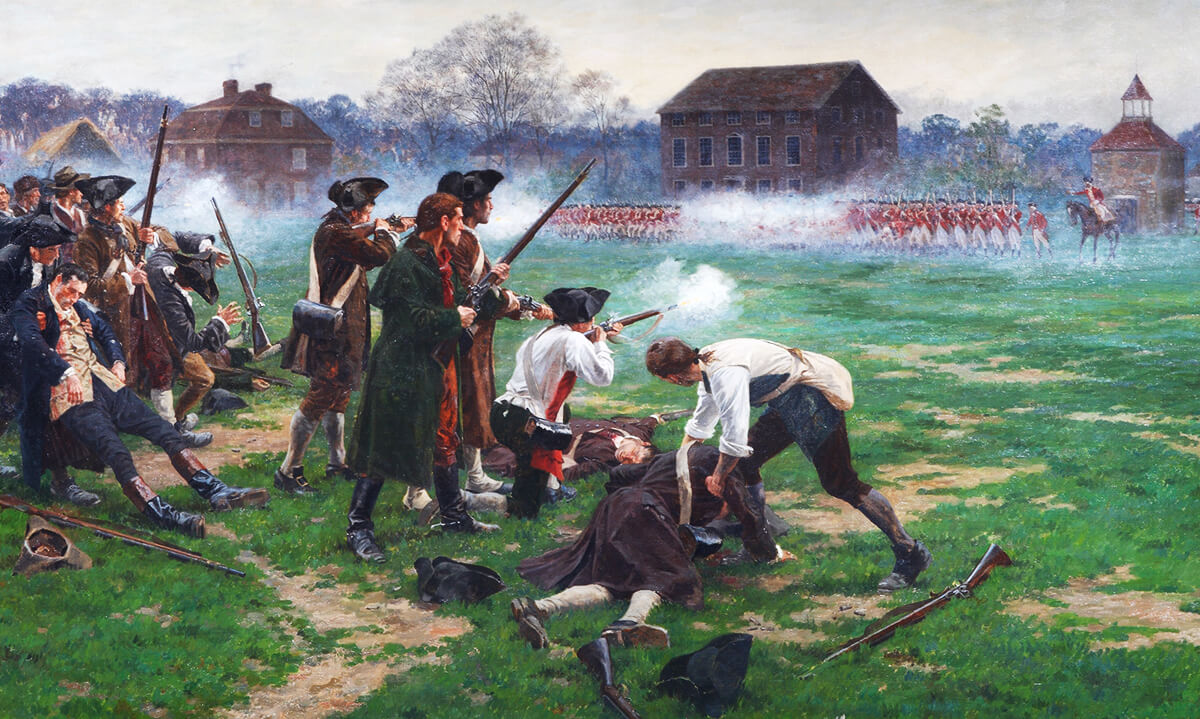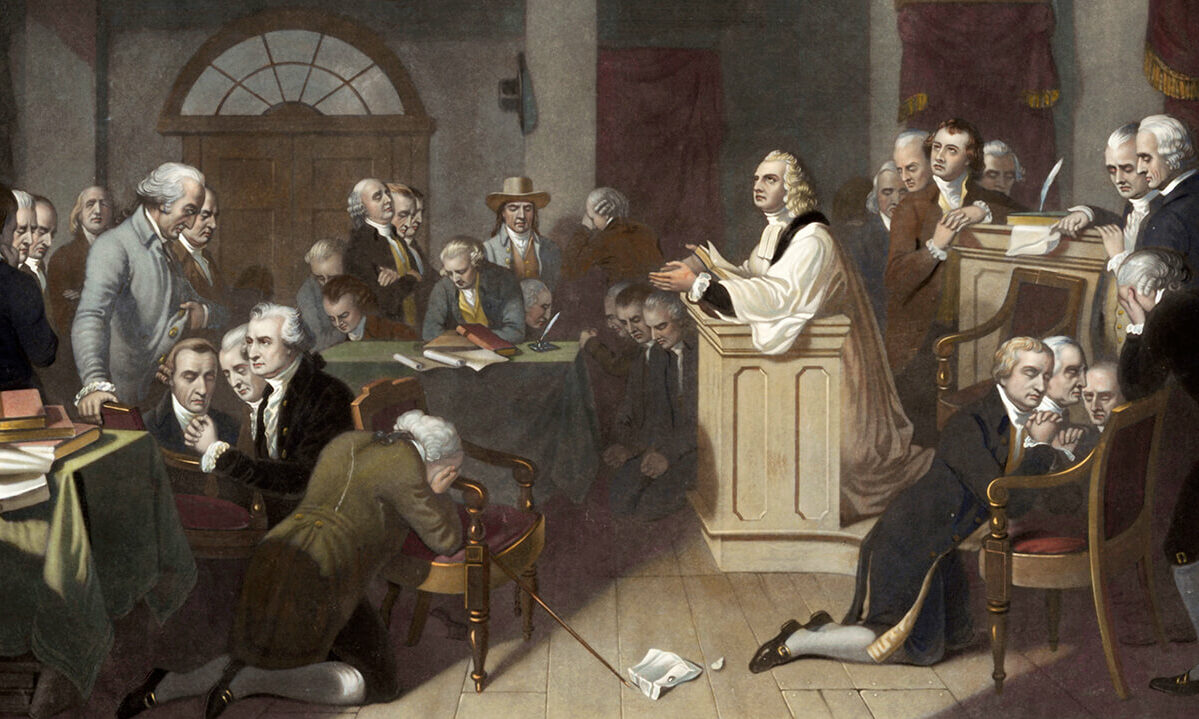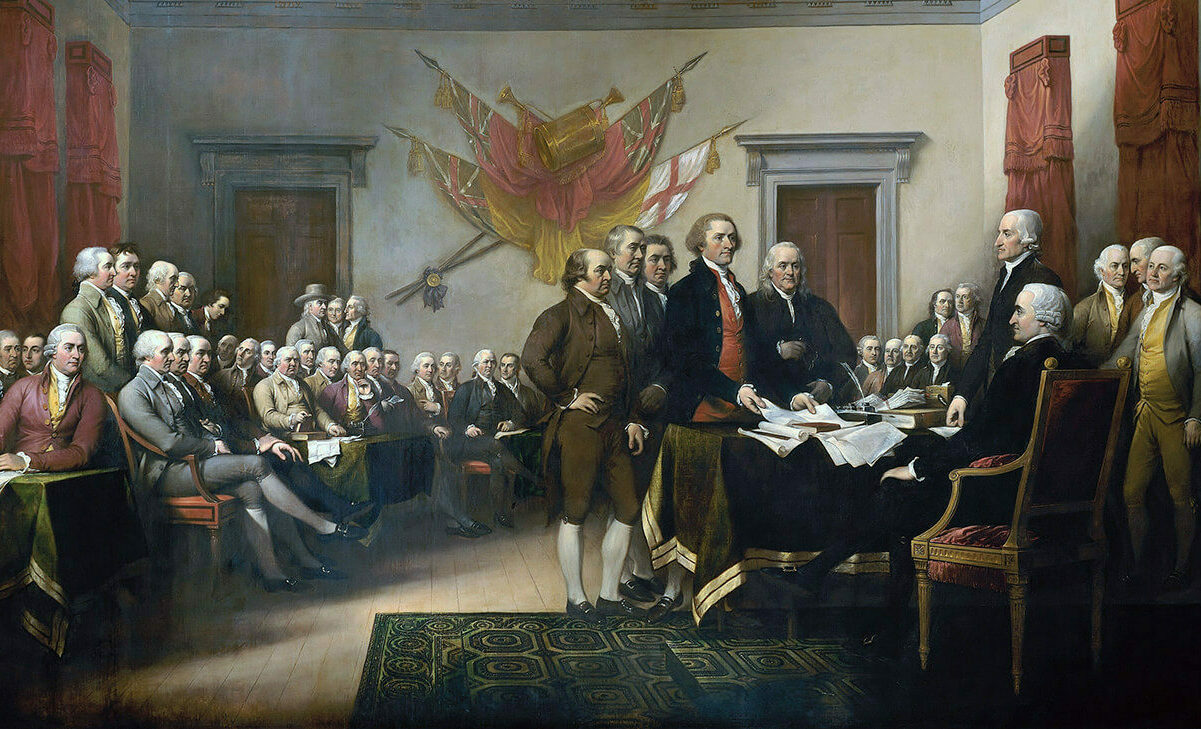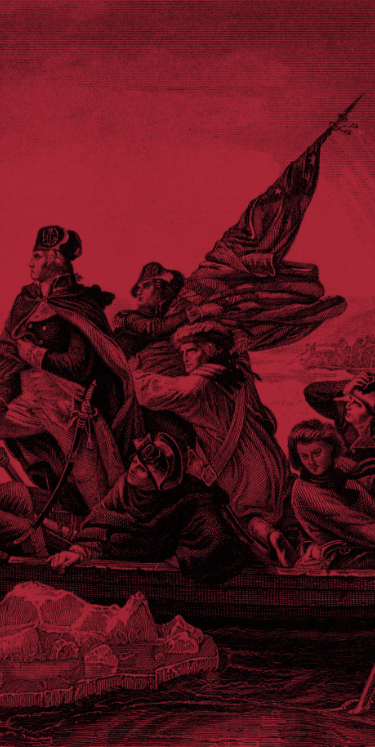Validating a book’s historical accuracy can be challenging, but there are actionable pointers to aid assessment.
Primary Sources
Start by considering the publication date vis-à-vis the historical era discussed. A book written during or shortly after the period in question (within 50 years) holds higher credibility due to its reliance on primary sources – the most reliable historical references. Conversely, modern works addressing distant history warrant closer scrutiny.
A book reliant on primary sources, rather than secondary sources, proves more reliable. Primary sources encompass contemporaneous event-related documents. These may include eyewitness accounts like letters, essays, journals, and autobiographies. In contrast, secondary sources provide non-contemporary summaries of, or insights into, events or people and often rely on other modern authorities. Over-dependence on secondary sources can lead to historical inaccuracies and revisionism.
Revisionism
Inadvertent revisionism is evident in The Search for Christian America. Three scholars concluded that America did not have a Christian founding. But in studying America’s Christian founding, 88% of their sources postdated 1900 and 80% postdated 1950. Relying on citations much later than the Founding Era (1760-1805), caused them to arrive at an errant conclusion, and one much different than if they had consulted primary sources.
Deliberate revisionism is readily seen in The Godless Constitution. Professors Isaac Kramnick and Laurence Moore assert the Founders were atheists, agnostics, and deists aiming for a secular government. This text is a staple of universities and is cited by courts and other professors. However, no footnotes are included, simply this statement, “we have dispensed with the usual scholarly apparatus of footnotes.” So, these professors’ sweeping claims about the Founders’ faith is seen as a great scholarly achievement, but there is not a single reference to primary documents proving that claim. Accurate history definitely necessitates caution with works lacking proper citations.
Tips
When dealing with early America, biographies and pre-1900 history works offer less biased insights. They are more likely to be written by contemporaries of the subjects and events, and are not likely colored by modern agendas. Works printed from 1900-1920 have around 75% confidence. But our confidence drops to about 50% for works from 1920-1950, which were heavily influenced by the progressive educational transformation. Modern books are often tainted by historical malpractices,1 excluding those rich in primary source citations. Authors like Mark David Hall, David McCullough, Dumas Malone, Daniel Dreisbach, James Hutson, and Peter Lilliback exemplify this exception.
The good news is that primary sources are easier than ever to locate. Thousands of early books and documents have been digitized and made available via online platforms.2 Many older books are available as reprints through major book outlets. These sources offer direct access to primary documents, reducing dependence on secondary ones. Utilize these resources for reliable research.
Endnotes
1 Examples of these malpractices can be found in WallBuilders’ article “Deconstructionism and the Left.”
2 Check out WallBuilders’ historical reprints, or Helpful Links page to find some of these online resources.
To see additional articles about How to Research, check out the articles posted here, here, and here.
Still looking for answers? Visit our FAQ page
More Resources
Know the Truth and Protect Your Freedoms.
Still looking for answers? Visit our FAQ page
Stay Informed with the Latest Resources
Enter your email address to receive our regular newsletter, with important information and updates right in your inbox!


